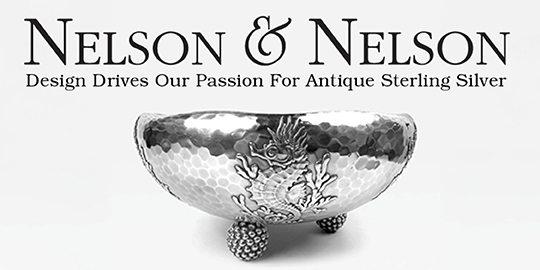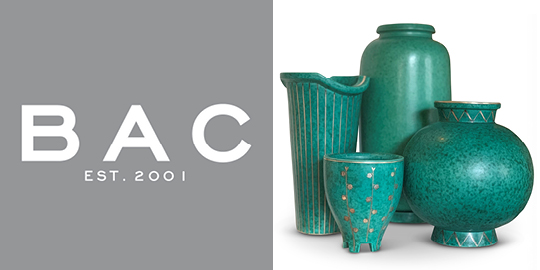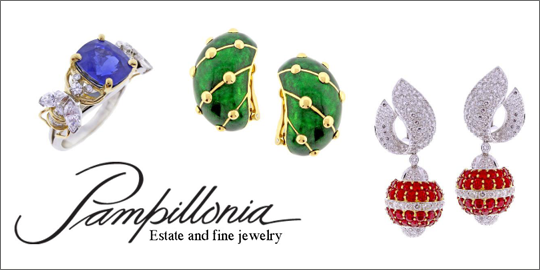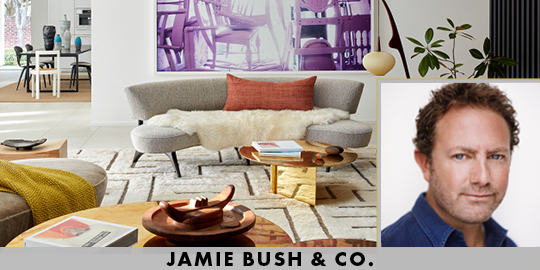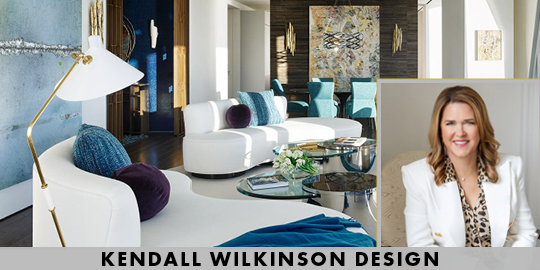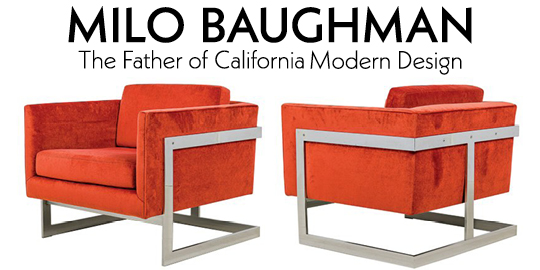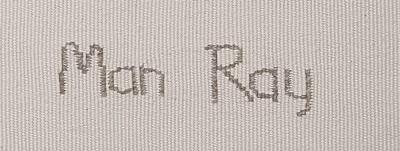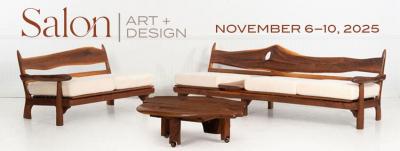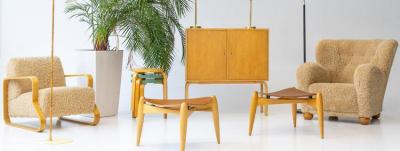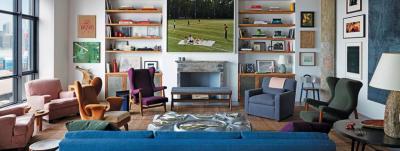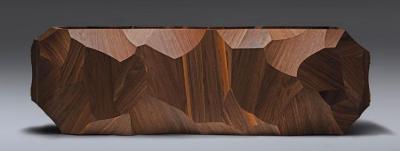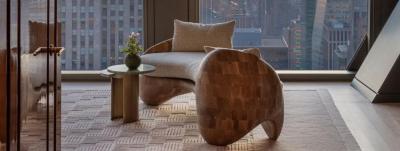Crafting the Future: Ottra Brings Brooklyn Style to the World
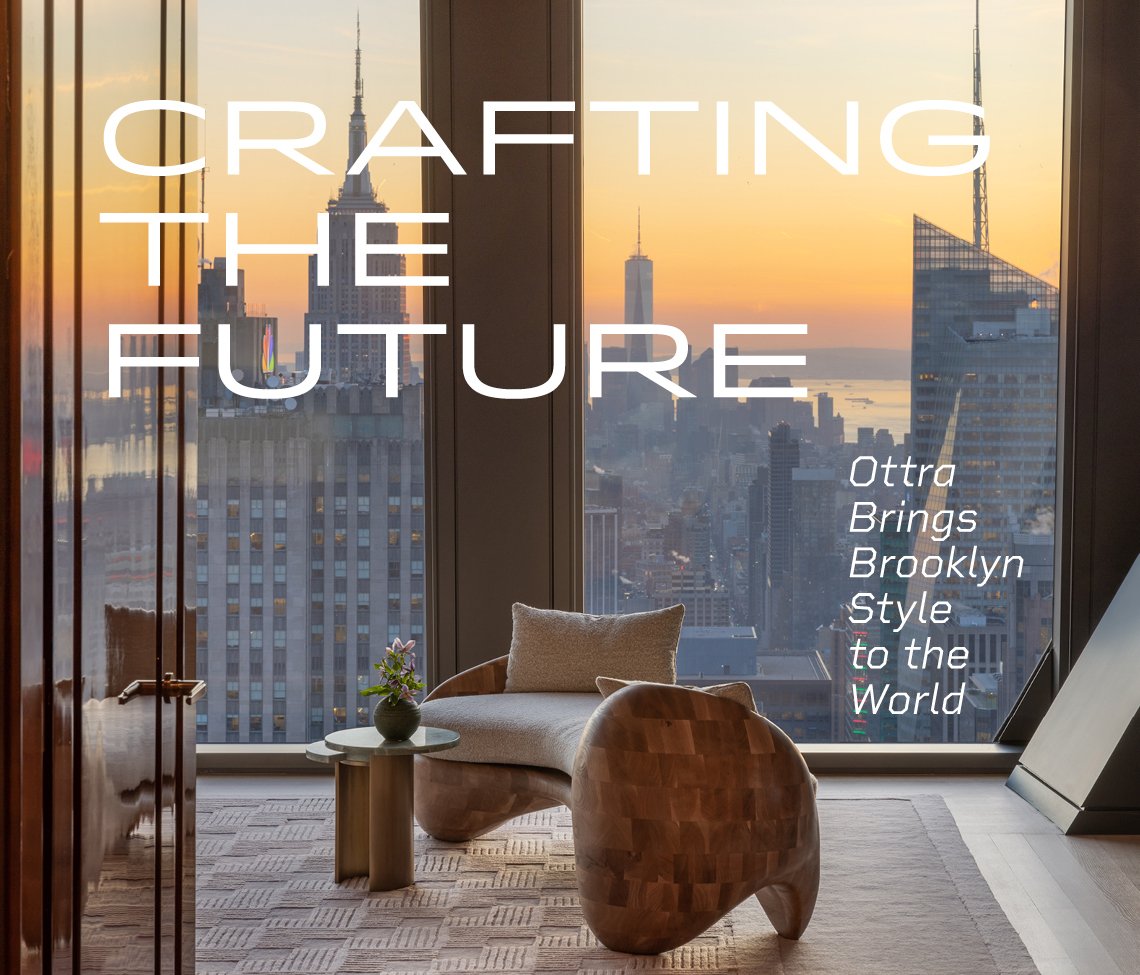 |
This stunning sculptural chaise was created for interior design firm Fox-Nahem for the ELLE DECOR penthouse at 53 West 53rd Street, and is available to custom order. Photo by Evan Joseph |
Adam and Sofia Zimmerman are sitting in their brightly lit, two-story custom-designed offices and workshop in Brooklyn, home to a coterie of talented designer/makers. “We fell in love with the process of making furniture with that conference table,” says Sofia, pointing to a handsome swoop-legged wooden structure in an adjacent room. “Adam and I were going to the furniture shows like the ICFF to source for our projects but couldn't find what we wanted. So we thought: why don't we give furniture making a try for ourselves?”
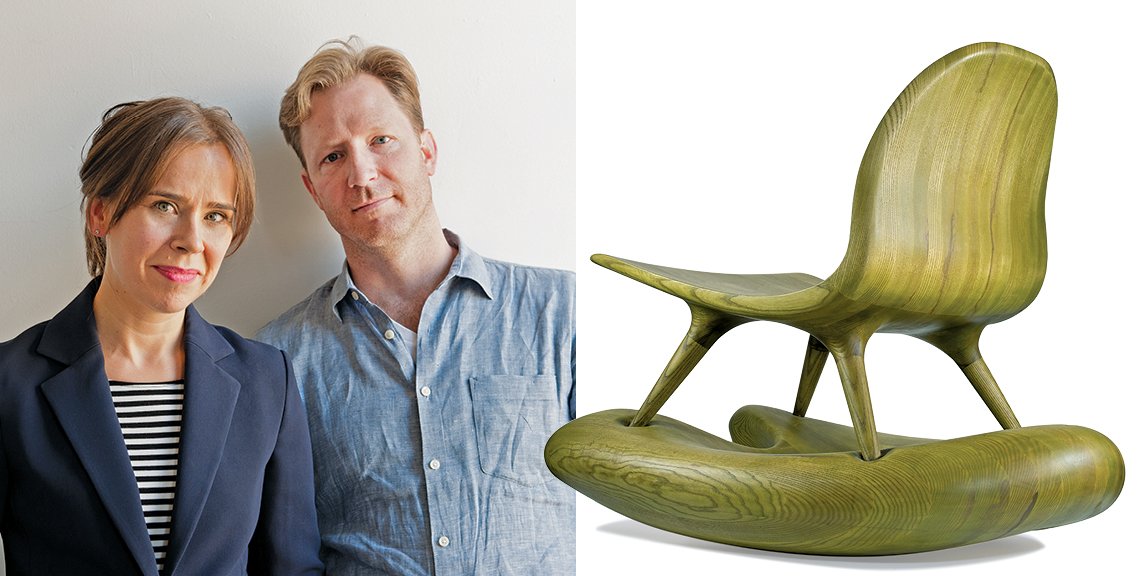 |
| Left: Sofia and Adam Zimmerman. Photo by Michelle Guanca Right: A favorite of Sofia, the Cursive Collection Rocking Chair has a delightfully playful form that appeals to the child in all of us. It’s offered in a choice of woods, or any of 85 color dyes on ash wood. Shown here, chartreuse dye on ash wood. Photo by Yechiel Orgel |
Here they are 8 years later and Ottra has evolved into one of the hottest new maker brands in bespoke wood furniture.“We are at this really wonderful point now where we are seeing our original architectural capabilities and practice at Zimmerman Workshop cross over with our furniture designs for Ottra,” says Sofia, a former design journalist and public relations manager who oversees the design and marketing elements of the businesses. Adam, an architect who worked for Pritzker Prize-winning architect Renzo Piano oversees Zimmerman Workshop, a busy architectural practice specializing in residential projects.
In 2016, the couple started creating furniture for themselves and for the homes they were designing. They publicly launched Ottra the following year at the AD Show and ICFF in New York, with the conference table and a few other pieces such as their simple, elegant Martini side table. “The idea was to create some prototypes in solid wood that we could show designers,” Sofia says. “But we got such a positive response from the designers and other makers that right away, Ottra took on a life of its own.”
Everything is made by dedicated craftsmen in their workshop downstairs from the design and architectural practice in Red Hook, except the upholstery, which is outsourced locally. Sofia credits part of their swift success to the growing appreciation among collectors and interior designers of the value of locally made products. “To be able to collaborate closely with our clients at each stage of the process is a massive advantage because we can work together to come up with products perfectly tailored to projects.”
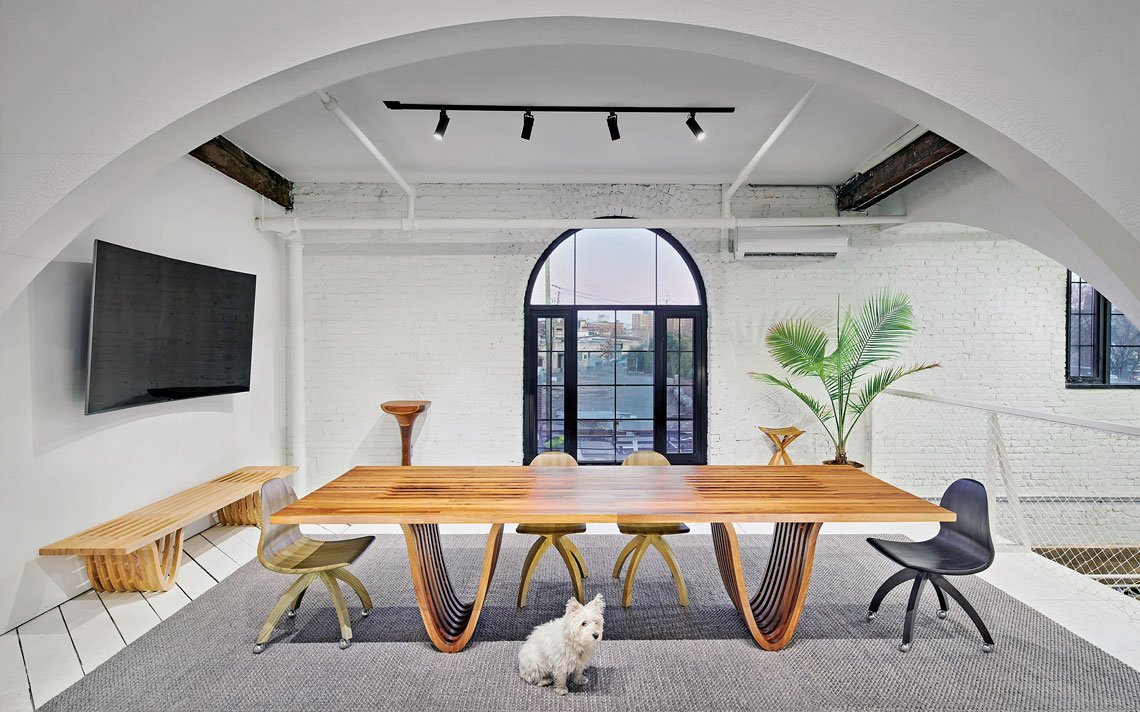 |
The conference table they designed and built for their own use led to an entire collection and launched Ottra. The series includes 2 styles of console tables, 2 styles of benches, a daybed, and a coffee table. Photo by John Muggenborg |
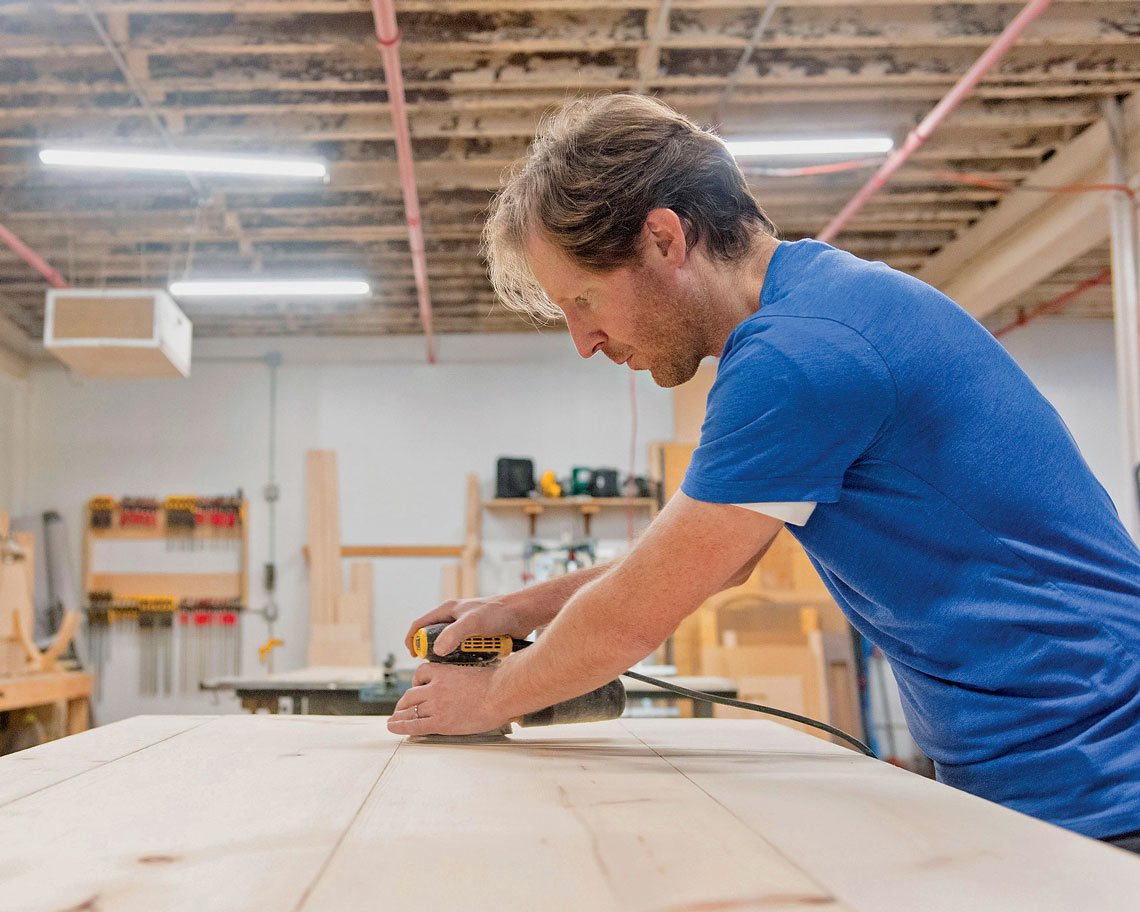 | 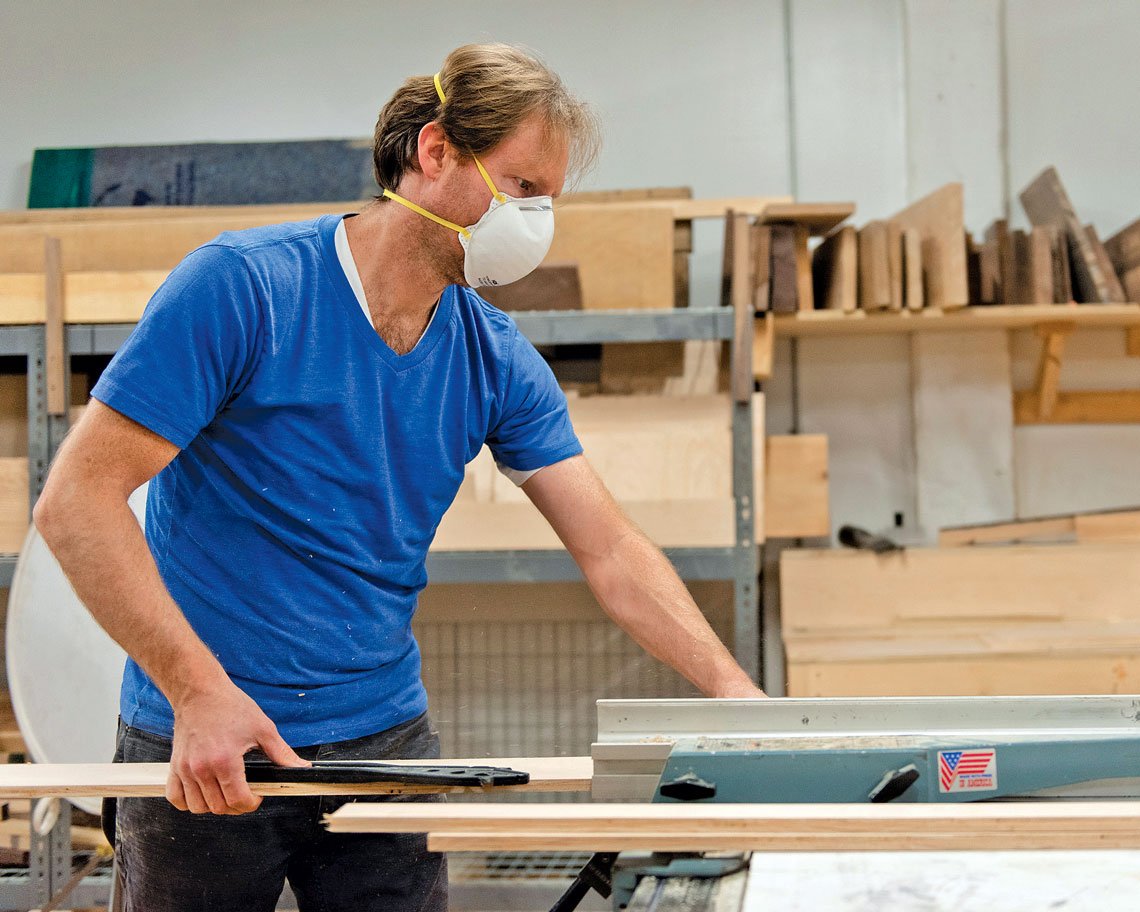 | 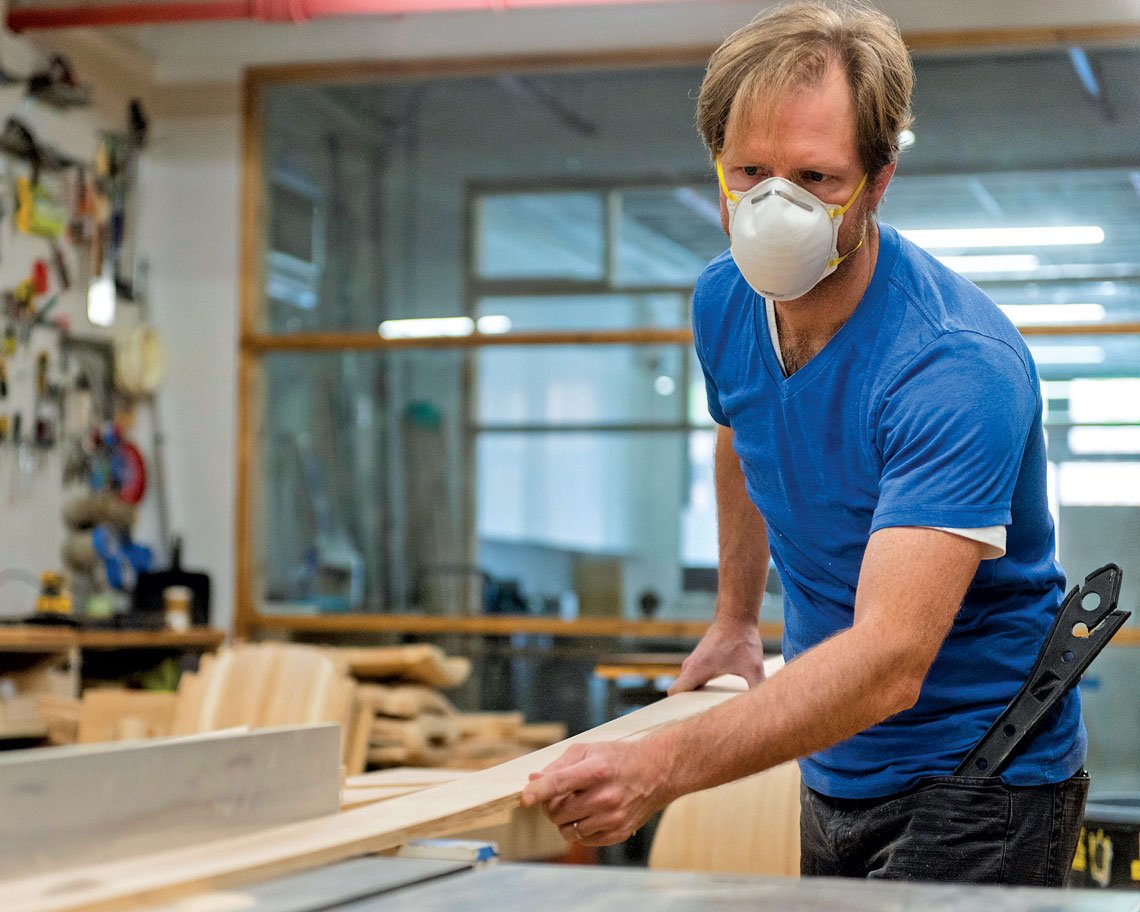 | ||
Architect/designer Adam Zimmerman hands-on in Ottra’s Brooklyn workshop. Photos by Jamie Grill | ||||
Interior designer Susan Petrie of Petrie Interior Designs was one of their earliest clients and remains a fan. “Sofia and Adam of Ottra have such an innate sense of chic in their work. They are also very open to collaboration, and that breaks down the cookie-cutter approach to custom furnishings. Every inch and grain of wood is meticulously reviewed, and there are few limitations to what they can do.”
Everything is made to order, including their standard collection pieces. “With the standard pieces, we often make minor modifications to suit a space perfectly. So what others might consider custom work we call a modification,” Adam says. “And because we fabricate everything here we control production and timing, which means you get better results in real time. That helps us serve our clients better. We can easily accommodate minor modifications without adding time to the delivery schedule. If we were outsourcing, that would not be possible.”
 | |
The company built this massive, mesa-like dyed ash staircase to connect the showroom with the offices upstairs. Its astounding visual impact made a memorable impression on visiting interior designers and has led to a number of custom commissions. Photo by John Muggenborg |
In addition to making furniture, some of their design work is for commission-based, site-specific, one-off pieces. These can vary in size and scope, and some of their past projects have included a custom tete-a-tete sofa for a New York penthouse designed by design firm Fox-Nahem Associates, a staircase for a private client in San Diego, and an oversized mirror for their offices in Red Hook. “With these projects, we try to create pieces that are truly one-of-a-kind, designed to be original and harmonious with the architecture,” Adam says.
Petrie recalls working together with Adam and Sofia on a challenging design project: a customized credenza commission for a client in the West Village/Chelsea area of New York. “We called it the ‘Jetsons’ credenza in the end, because of its fun futuristic shape. The client wanted it to work with their existing art collection and conform to the restrictions of the space and it turned out to be the centerpiece of the entire project.”
Adam and Sofia say they welcome the opportunity to create things in the spirit of Ottra, even transforming one kind of design into something else. Interior designers find this flexibility refreshing. “It is fun to take one of their standard pieces and then make something different,” says Tobi Wright from Inside Wright Design. “A client liked their daybed but wanted a back on it so we worked with them to get what the client wanted. It was an easy collaboration.”
“Anyone can come to see our products being made and are welcome to meet the team, to touch, to get photos of the process and gain a better appreciation of the craft,” Sofia says, adding that their clients are not just limited to super affluent people but also those who value craft and locally handmade design. “In a world of mass production and uniformity, when we are all fed the same aesthetics through algorithms, there is a wonderful thing about discovering something unique and handmade.”
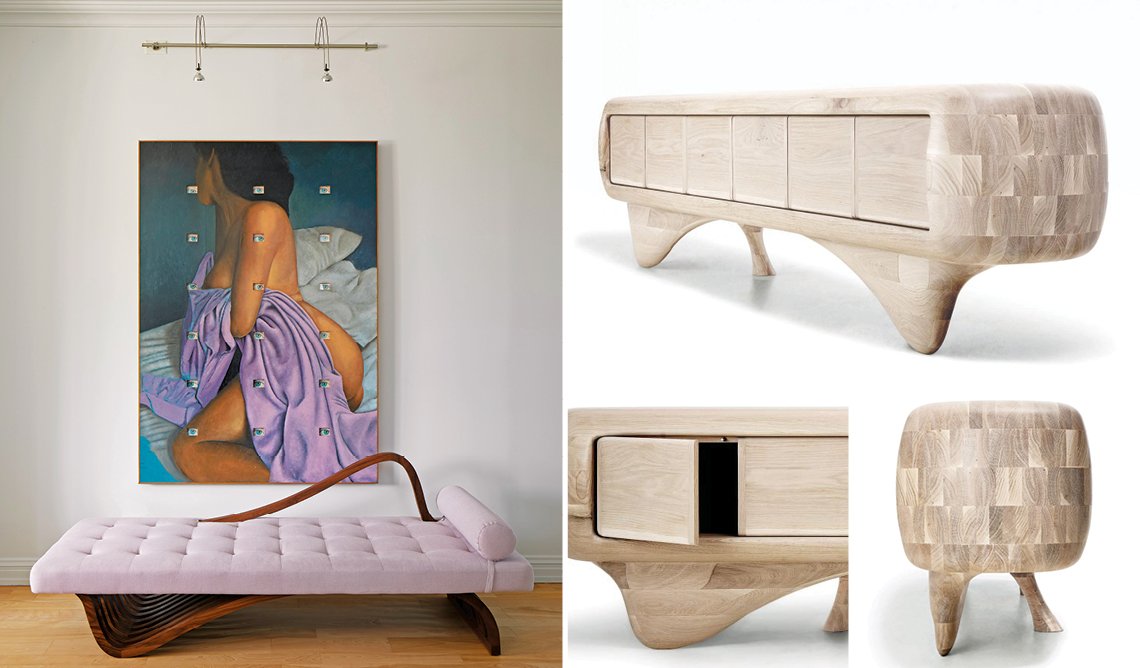 |
Left: A bespoke commission for interior designer Tobi Wright of Inside Wright Design. The daybed was customized with an asymmetrical wave-like back, giving the piece added visual height and an additional sculptural flourish. Photo by Gieves Anderson Right: Playful yet elegant, Ottra's sculptural Credenza is meant to be enjoyed from all angles, and it can hold its own as a freestanding piece dividing a room. Available in four standard wood finishes or an array of colors. |
Ottra has a range of works at different price points. The Martini table is $2,500 retail, while their sofa and credenzas are around $70,000. “We have a variety of buyers, some just starting, some more experienced with collectible design, and many in between,” Sofia says. “We want to be accessible to everyone, but we are not mass producing. We also encourage younger buyers to understand that they are still entitled to live amongst beautiful things even if they are not yet in their forever homes. Furniture becomes a part of your story in your home, the same way you collect art. Investing in smaller, less-specific pieces, like our Martini table, is one way to get started.”
Adam and Sofia are seeing their capabilities grow year after year — not only in terms of their evolution as designers and makers but also thanks to technology. Noz Nozawa from Noz Design is on the pulse of the next generation of makers and collectors and says Ottra’s use of technology sets them apart from others. “They have identified ways to integrate the technological side of things for radical sculptural forms and scaling with hand-finishing to create objects that still feel soulful,” she says. “The pieces I love in their collection are familiar, organic, and systematic all at the same time.”
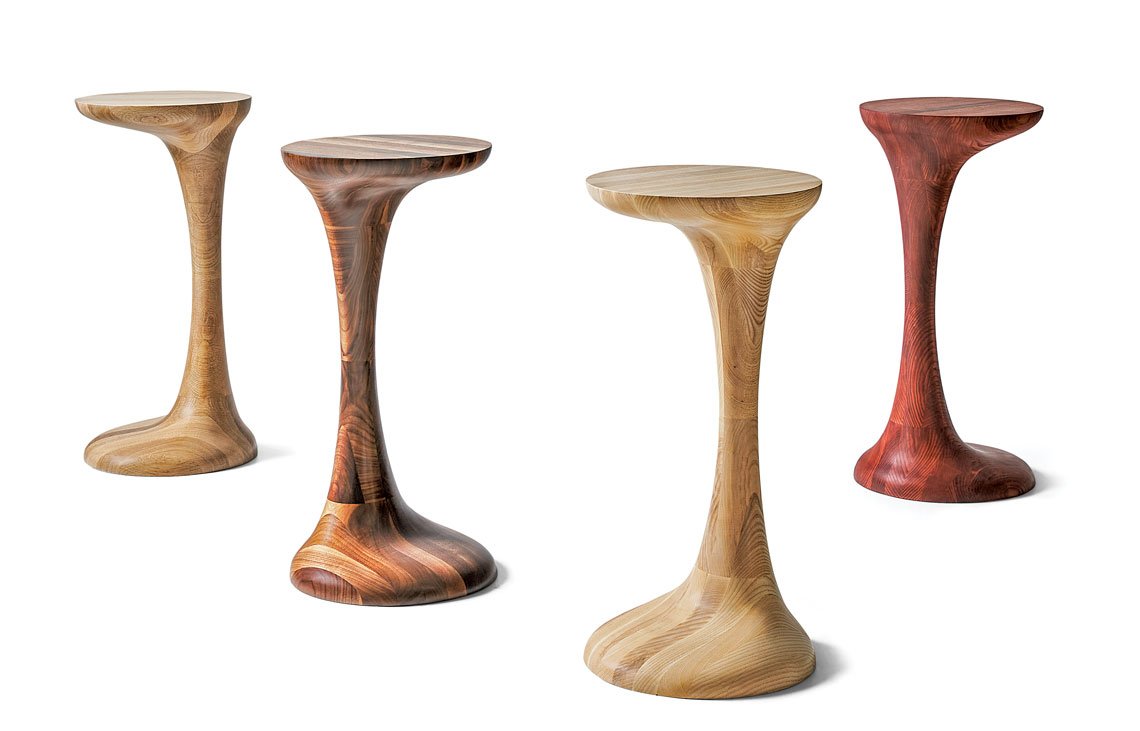 | |
One of Ottra’s most popular pieces is their “fits anywhere” Martini Table. These sculptural drinks tables are perfect for entertaining, in multi-purpose rooms, or as display stands. In walnut, oak, ash, or dyed ash. Photo by Ethan Herrington |
Collaboration and rigorous experimentation are at the core of their design process. “We begin with pencil sketches, and from there, the process continues digitally,” Adam says. “We spend a lot of time developing and analyzing 3D models of designs until they’re right. Sometimes, that process can take several months of trial and error. Once we feel it’s right, the final models become presentation material, shop drawings, and CNC programming files. In the shop, we use CNC machines to do much of the carving and cutting of the parts before assembling and finishing by hand.”
The use of computers and CNC machines has greatly expanded the variety of forms available to makers everywhere. But Wright and other interior designers insist that what is special about Ottra is how they have used these tools to forge their own unique, even recognizable design style. “There’s a playfulness to their designs — the curves are playful, and that speaks to me. says Wright. “They have developed this refined, organic aesthetic sensibility and coupled it with amazing attention to hand detailing.”
Another creative influence on their work comes from the diversity of their design interests and talents. Adam points to their installation pieces, which he enjoys the most, especially the big staircases. “They are a true combination of my architectural background and our designer furniture. They are architecture, and yet they are also sculpture.” Meanwhile, Sofia loves their simple Rocking Chair. “It’s whimsical, unlike any other chair I’ve seen, and it has a playful form that just smiles back at me. I believe that furniture should be a backdrop for wonderful moments and memories. It’s also the place where I go to sit and calm down when I’m feeling stressed!”
Where do they see themselves in ten years? “We started Ottra to have a creative outlet and to expand our horizons — and to have a carte blanche creative opportunity.” Adam says. “As an architect, you encounter many variables that can impact a design — logistics, client preferences, zoning issues, and so much more. With furniture design, we can apply our architectural skills, enjoy the process of creating, and reach a broader audience. To answer your question, in ten years we want to be doing more of the same: having fun, still creating new designs, pushing the limits of our design and making capabilities.”







